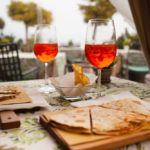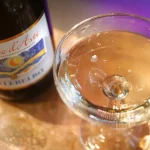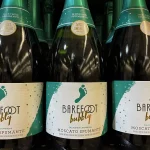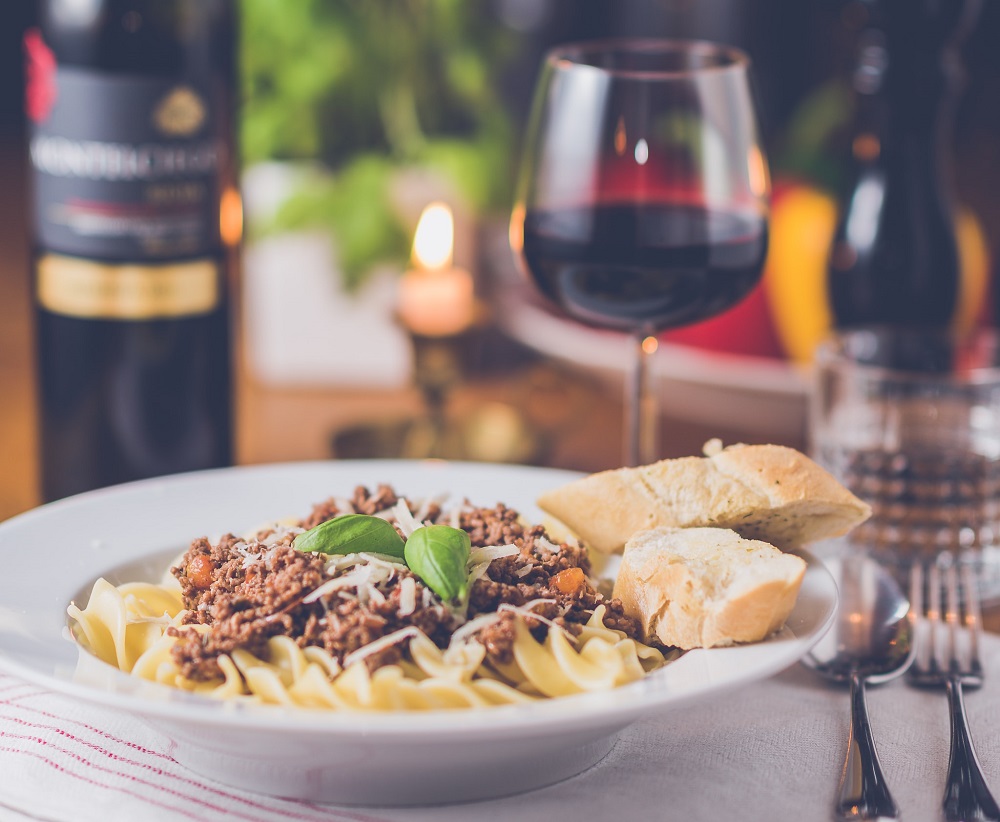When you think of alcoholic drinks from Japan, most people will think of Sake. This is an alcoholic drink made from fermented rice. However, Japan also produces various kinds of wine.
Grapes have been grown in Japan for consumption for a long time, but it wasn’t until the adoption of more Western culture in Japan in the mid 19th century that the country started producing their own wine.
Even as recently as 5 years ago, over a third of the wine consumed in Japan is imported.
Wine production in Japan has been developing and growing in the last few years and they now produce some fantastic, award winning wines.
From sparkling wine, white wine, red wine, rose and dessert wine, they make it all!
In fact, one of Japan’s staple condiments, rice wine vinegar, happens to actually have wine in it, as well. Though, there are suitable substitutes for those who don’t have it on hand, or don’t like the taste.
There is something for everyone. If you want to find out more about Japanese wines and which ones you should try, then keep reading.
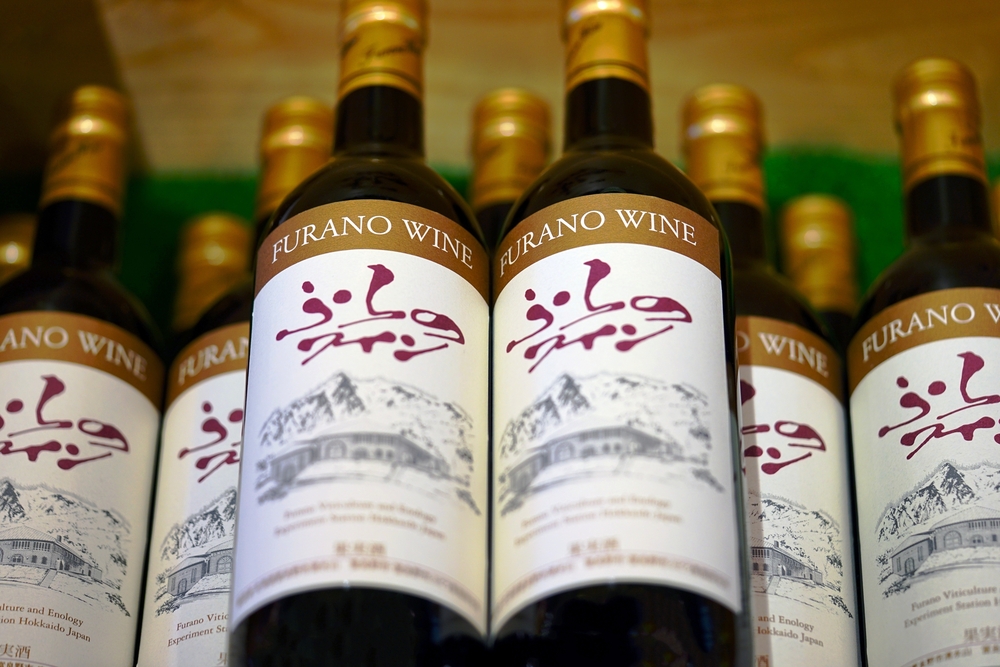
Wine Producing Regions And Types of Grape
The main wine producing regions in Japan are Yamanashi, Nagano, and Hokkaido. The Koshu valley in Yamanashi, which is close to Mount Fuji, has many wineries.
The valley shares its name with the Japanese grape variety ‘koshu’, which has a clean and delicate flavor with notes of citrus, peach and Jasmine. Wines made from koshu grapes tend to pair well with Japanese cuisine.
Another popular grape used in Japanese wine is the Muscat Bailey A. This hybrid species was developed sometime between 1868 and 1944 in Yamagata, part of the Honshu province.
This wine growing region is cold, with low lying plains that have clay-gravel soil. The bailey grape and the black muscat grape were crossbred in order to create a variety that would grow well in Japan’s climate, which is quite humid.
The result was a sweet grape with a strong flavor similar to Bordeaux grapes.
Due to the humid climate in Japan, vines have to be planted at a certain angle to allow air to flow around and beneath the plants. This prevents the build up of moisture, which can spoil the fruit or lead to the plants becoming diseased.
Some wine growing regions in Japan are mountainous or rocky, like Nagano which sits in the Japanese alps. The farmers have to plant the vines on elevated ground to ensure they get enough sunlight.
Wine producers have adapted the traditional techniques of grape growing to fit in with the Japanese terrain and weather. The vineyards in Hokkaido are covered in snow for 5 months of the year!
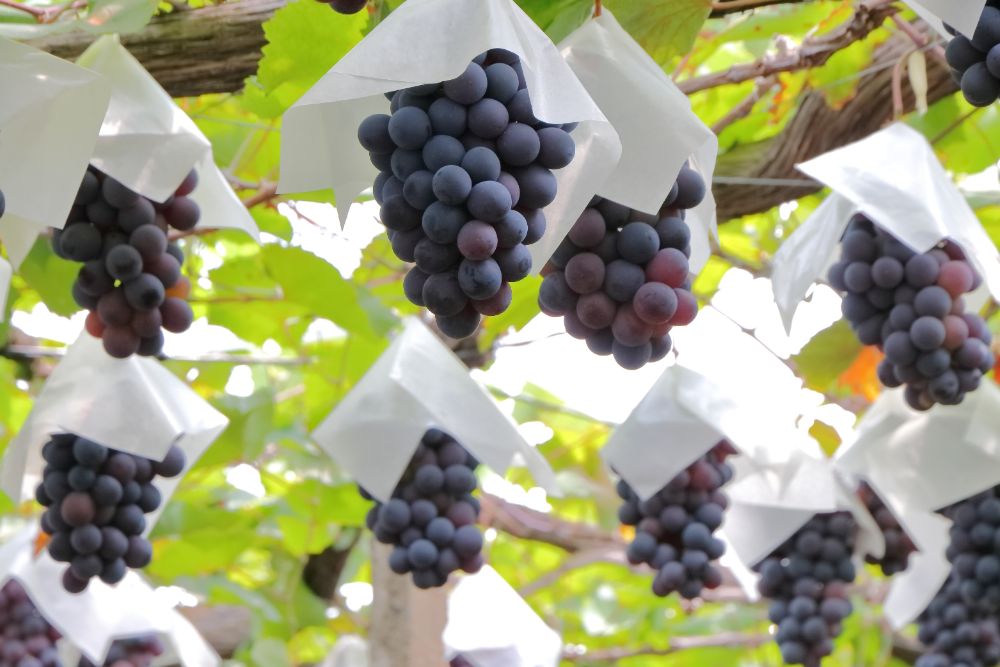
The Best Japanese Wines
Now that you know a bit more about Japanese wines, here are our recommendations for the top varieties for you to try.
Lumiere sparkling koshu, 2015 is a sparkling white wine produced in the Yamanashi region of Japan exclusively using koshu grapes. It is dry, acidic and very refreshing which makes it perfect for toasting.
It has a subtle aroma and flavor notes of grass, nettle and honeysuckle.
Mars Koshu Sparkling, 2018 has an explosive tart flavor of gooseberries, rhubarb, and citrus fruits. It is refreshing and crisp with a pop of bubbles to cleanse your palate.
Muscat Bailey A Y3 Cube, 2015 is a light bodied and fragrant red wine produced in Yamanashi from muscat bailey A grapes. The sweetness is counterbalanced by the tartness of the berry flavor notes, but the taste doesn’t linger on your tongue for too long.
It pairs very well with poultry like chicken and turkey.
Chateau Mercian Koshu Gris de Gris, 2015 is a dry white wine produced in Yamanashi. It is light and soft with low acidity. The main flavor notes are citrus fruits, pear and apricot, with an element of oaky vanilla which gives the wine a buttery taste.
This complex flavor pairs well with many different foods, but in particular with fish or shellfish seasoned with fresh lemon juice and salt.
Soryu Freezing Rouge is made from a blend of muscat bailey A and merlot grapes to produce a sweet, chilled wine. The main flavor notes are almond, strawberry, apricot and honey. This is a wonderful wine to pair with desserts and cheese.
The sweetness will cut through even very strong cheeses, so don’t be afraid to serve this with a blue cheese like gorgonzola.
Grand Polaire Dry Koshu, 2019 is a clean and fragrant white wine with complex flavors of mint, pear and zingy lime. It is very refreshing and crisp.
Koshu Lees Contact, 2017 is a white wine made from the koshu grape. It is light, very dry, with medium acidity. It has a floral aroma with flavor notes of honey and peach.
The well balanced flavors makes this versatile wine a great match for many types of food, but especially Japanese cooking.
Chateau Mars Koshu Orange Gris, 2019 is a white with a beautiful, deep, golden color. It has a floral aroma, and a balanced flavor of sweet pears and salted plums.
The tannins give it a hint of bitterness and the acidity counteracts the sweetness to produce a perfectly balanced wine.
Japan Premium Tsugaru Sauvignon Blanc, 2019 is a complex and sophisticated wine. It is fresh, with a concentrated flavor on the tongue. You will pick up notes of pineapple and grapefruit, sweetened by elderflower.
Premium Koshu, 2016 is a light and refreshing white wine. It is very dry with medium acidity. The main flavor notes are citrus, green apples and pears, with a hint of mint and earthy aroma. The clean, crisp flavors perfectly cut through rich dishes cooked with cream and butter.
Grace Koshu, 2017 is a dry white wine with a clean and refreshing taste. It is quite acidic and bitter, with flavor notes of citrus fruits. It pairs very well with traditional Japanese dishes as well as grilled fish.
Zodiaque Pinot Noir, 2018 is a velvety red wine with dark fruit flavors of ripe cherries and plums. There is also a rich, okay vanilla note to this opulent wine.
Tomi No Oka, 2016 is a red wine with a similar flavor to merlot but with more acidity. It has a deep complex flavor made up of a tart, dark fruit layer of blackcurrant and cherries, a sweet and spicy layer of oaky vanilla and cloves, and a smoky, leathery finish.
This wine can stand up to very flavorsome, meaty dishes.
Kurambon Wine Adirondac is a sweet red wine which is light and fresh. It tastes quite a lot like juice, and has a strong flavor of sweet berries. This refreshing and fragrant wine is perfect for people who don’t like strong alcoholic flavors.
Chanmoris wine Niagara is a Japanese dessert wine. It is fruity and very sweet- a few sips to cleanse your palate after a meal will be plenty.
Kurambon wine Bel alba is a rose wine that has a light and foamy mouthfeel, with a fruity flavor. It pairs very well with white meats like chicken and pork served with tasty vegetables.
Kyoho Nigori, 2018 is a blush pink wine which is very sweet. It is best served chilled, and has delicious flavors of fruity peach.
Summary
As you can see, Japan produces a wide variety of outstanding wines. A lot of these wines pair well with Japanese cuisine, but as you try them and develop your palate you can test out different combinations of food and wine to really bring the flavors to life.
With your newfound knowledge of Japanese wine you could host a wine tasting evening, or even a Japanese themed dinner party with a different wine to complement each course.
You will be able to impress your guests and direct them to the different flavor notes in each wine.
Don’t forget to use the right glasses for red, white or sparkling wine to really accentuate the flavor. You will also need to check if the wine is meant to be served chilled or at room temperature.
- Shrimp Cocktail (and More) Wine Pairing Guide - 09/06/2022
- What Wine Serving Sizes Look Like: Standard Size and More - 08/06/2022
- How Much Sugar is in Wine: Glass and Bottle Sugar Content - 08/06/2022


